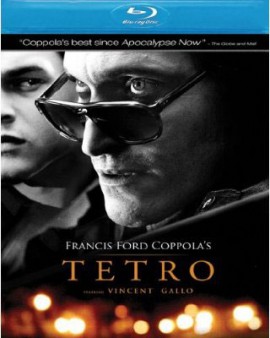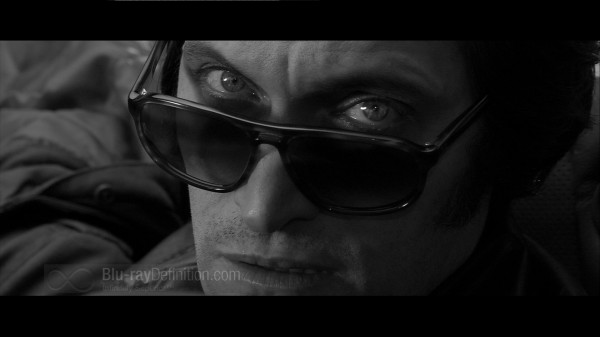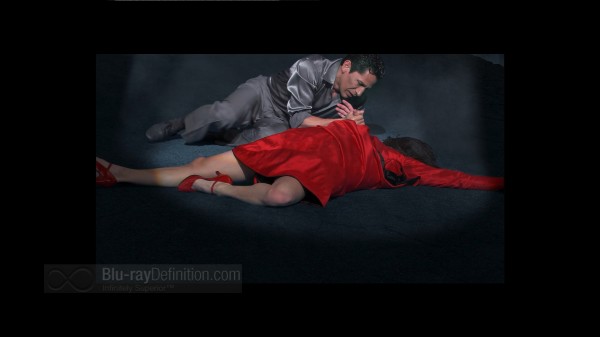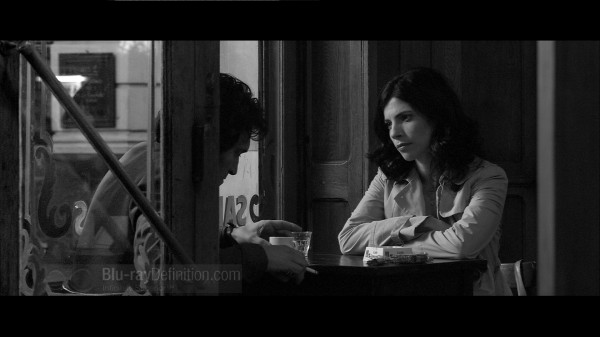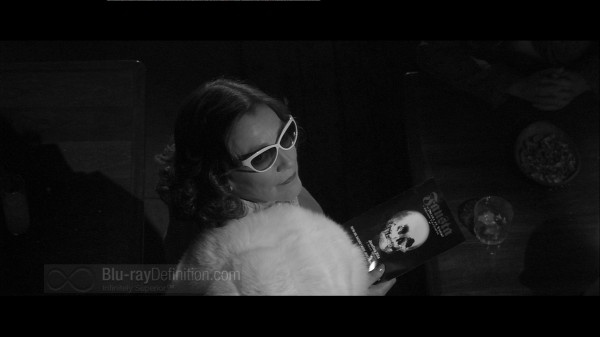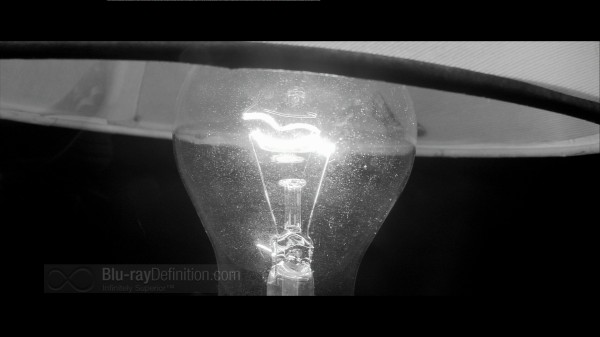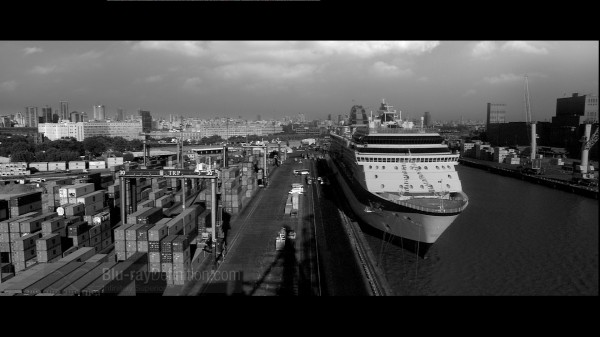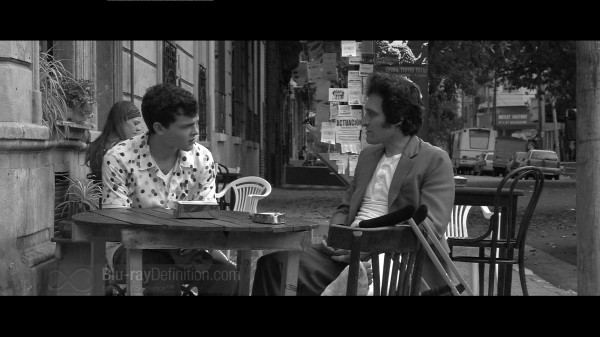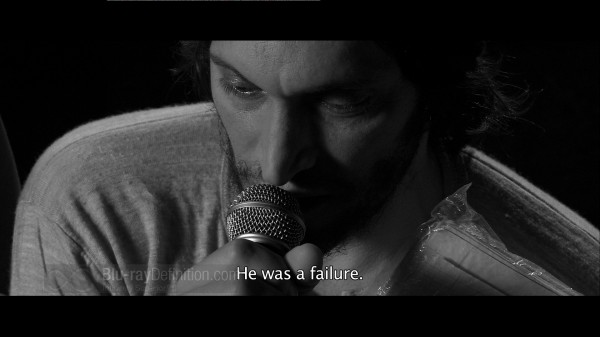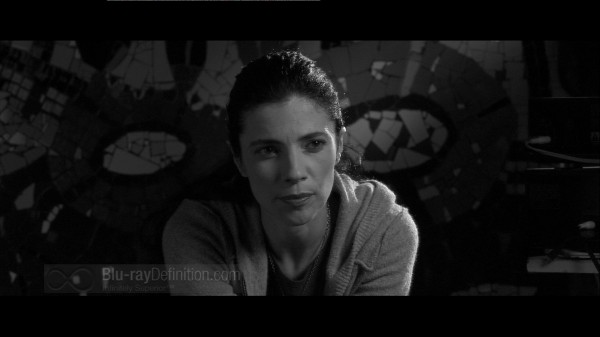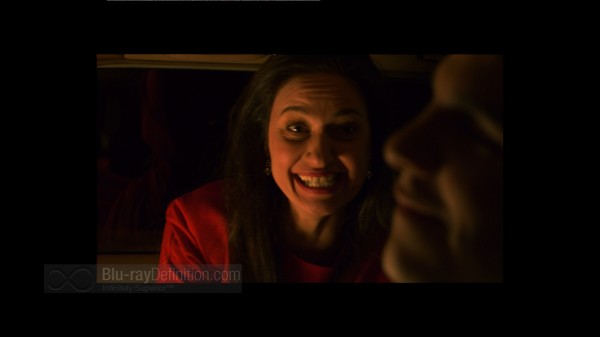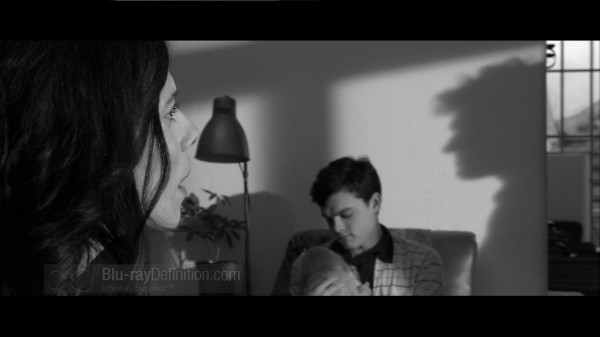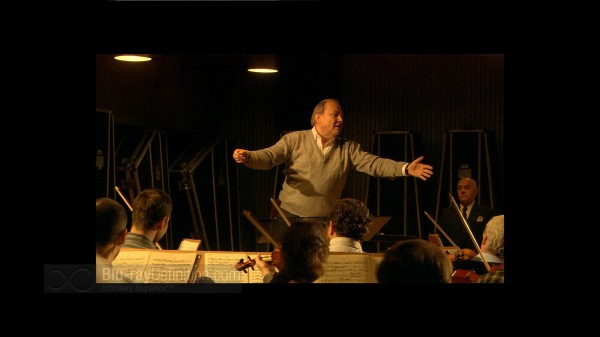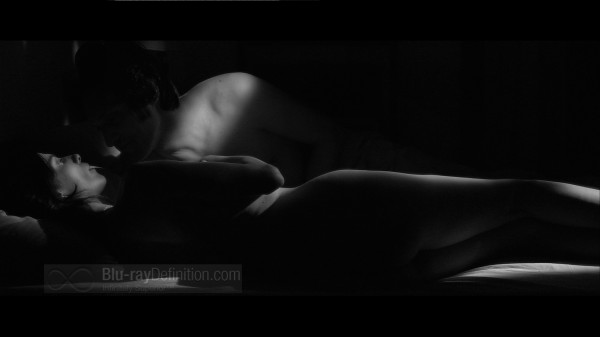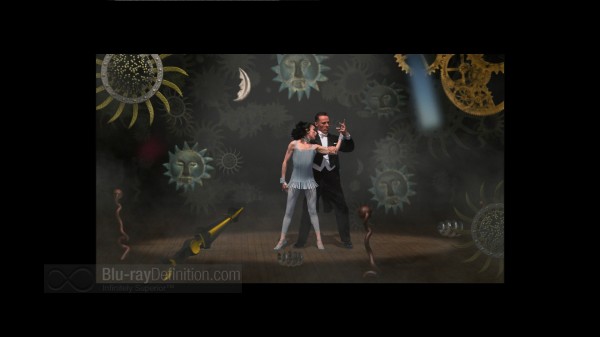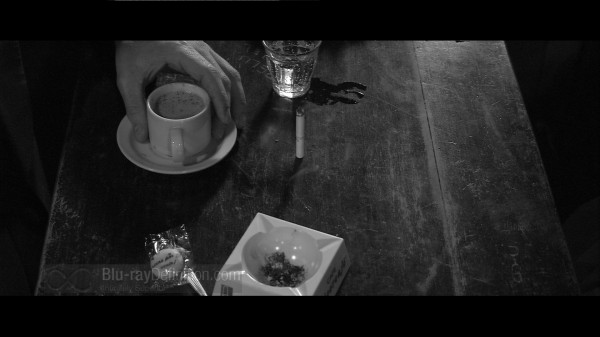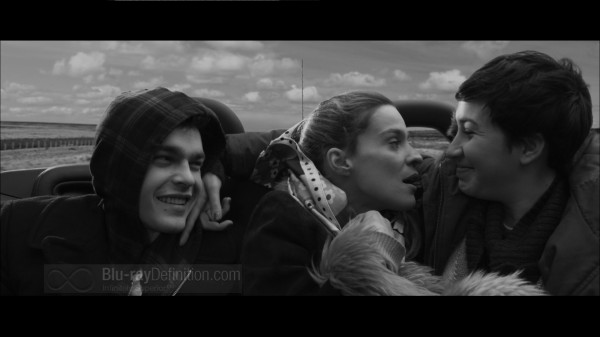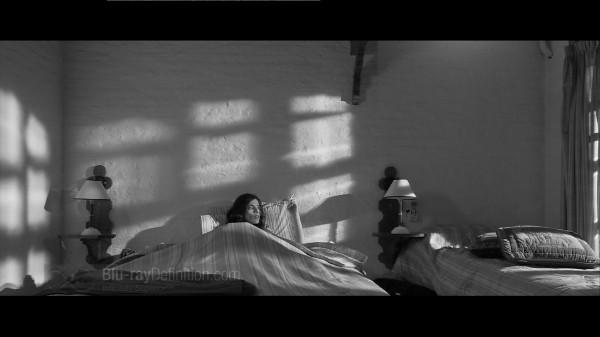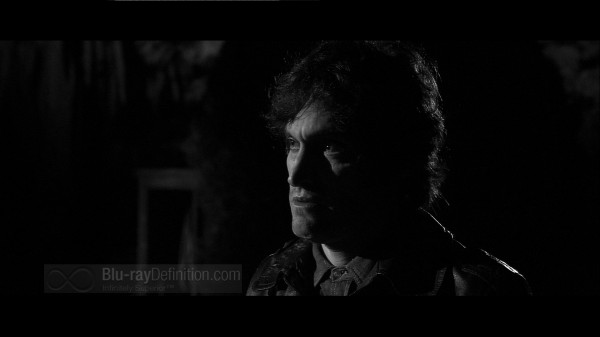- Aspect Ratio: 2.35:1
- Video Codec: AVC/MPEG-4
- Resolution: 1080p/24
- Audio Codec: English/Spanish DTS-HD Master Audio 5.1
- Subtitles: English, English SDH, Spanish
- Region: A
- Rating: R
- Discs: 1
- Studio: Lionsgate
- Blu-ray Release Date: May 4, 2010
- List Price: $39.99
[amazon-product align=”right”]B0035L1PH8[/amazon-product]
Purchase Tetro on Blu-ray at CD Universe
Shop for more Blu-ray titles at Amazon.com
Overall
[Rating:4/5]
The Film
[Rating:4/5]
Video Quality
[Rating:4.5/5]
Audio Quality
[Rating:4.5/5]
Supplemental Materials
[Rating:3.5/5]
Click thumbnails for high-resolution 1920X1080p screen captures
(Screen captures are lightly compressed with lossy JPEG thus are meant as a general representation of the content and do not fully reveal the capabilities of the Blu-ray format)
The Film
[Rating:4/5]
With Tetro Francis Ford Coppola returns from a long wilderness of mediocre filmmaking with this near-biopic that serves as a return to form. Although it is not a straight autobiographical film (Coppola has been quoted as saying at the film’s debut at Cannes “Nothing in this movie ever really happened, but it’s all true”) there are many elements that are directly drawn from the filmmaker’s own life.
Tetro’s drama is a familial saga of sorts centering around a family of Italian immigrants to Argentina whose patriarch is a famous classical conductor taught everything he knows by his brother, just as Coppola’s father and uncle were composers and conductors.
The film begins when younger brother Bennie, played by baby-faced newcomer Alden Ehrenreich, arrives in Buenos Aires on a stopover with the cruise ship he works on as a waiter to search for his brother Angelo (Vincent Gallo; Buffalo ’66), now living as “Tetro,” (short for the family name Tetrocini) with live-in girlfriend Miranda (Marabel Verdú; Y tu mamá también). Angelo, a once promising writer, took off on a writing sabbatical after an incident with his father, but he hasn’t done much actual writing. Instead, he cut himself off from the family and abandoned his brother whom he promised to come back for in a letter. What little writing he has done has been scribbled across notebook paper and written backward.
Bennie stays with Tetro and Miranda while awaiting repairs on his ship to be completed and to sail back out of town, eager to learn the secrets of the Tetrocini family, but the irascible Tetro is reticent, preferring to keep the past in the past and the skeletons hidden away in their dusty closets. Bennie goes on a bit of an expedition through Tetro’s apartment when he is out, however, and uncovers Tetro’s writings hidden away in old suitcases. The writings not only reveal Tetro’s talents as a scribe, but also unlock some of the secrets of the family’s past that Bennie longs to uncover.
The drama in Tetro is not what makes this latest endeavor by Coppola so watchable and thoroughly enjoyable, however. It is the experimentalism and indulgent imagery that Coppola and his cinematographer Mihai Malaimare, Jr. utilize. Coppola has not been so at ease, free, and open with his filmmaking since the 1970’s. Filmed in lush, high-contrast black and white high definition with color used only for flashbacks that often appear as ballet sequences, and saturated with allusions to films such as The Red Shoes and The Tales of Hoffman, Tetro has a unique aura of classy 1940’s film noir and 1950’s French New Wave.
Also adding to the atmosphere is the amazing score by Osvaldo Golijov. It’s jazzy, Argentinean, South American, ambient, atmospheric and dark.
When all of these visual and aural elements combine, Tetro becomes a strong cinematic feast that rightly places Coppola back in a position to be spoken of as one of the most creative current filmmakers to grace the screen today.
Much has been made of the acting skills of Alden Ehrenreich; I found his portrayal of Bennie to be good but nothing groundbreaking. The same could be said of all the actors in Tetro, even Marabel Verdú and the perpetually whiny Vincent Gallo, but the overall effect of Tetro is a cinematic feast that pleasantly lingers on the palette long after the final credits have rolled.
Video Quality
[Rating:4.5/5]
Tetro was shot in crisp, high definition black and white on a Sony HDW-F900 in 1080p/24. It appears on this Blu-ray release in a strong AVC/MPEG-4 encoding from Lionsgate. There are deep inky blacks, strong shadow detail, strong contrast and an almost film-like quality to Tetro. There are only a few moments when one can discern that the video noise is too harsh and digital looking to be film grain, but that has nothing to do with the encoding.
Audio Quality
[Rating:4.5/5]
The DTS-HD Master Audio 5.1 soundtrack, a mixture of both English and Spanish, is not an aggressive mix, but it takes advantage of the lossless encoding by surrounding the listener with marvelously lush amounts of atmospheric effects, deep low frequencies, and during certain sequences, such as one of the ballet flashbacks in “Chapter 10,” where there are the sounds of ticking clocks subtly panned throughout the room, discrete sounds surround the listener. Dialogue is clean and clear as well. This should be a reference on how to do an excellent and engaging, dialogue-driven mix.
Supplemental Materials
[Rating:3.5/5]
If you want a host of worthwhile extras in high definition, then you have them with Tetro. Not only do you get the legendary director himself in an audio commentary with newcomer Alden Ehrenreich, but also there are enough HD video bonuses here that explore the making of the film and offer glimpses into Coppola’s filmmaking process that fans and cineastes should be appeased.
The supplements provided on this release are:
- Feature Commentary by Francis Ford Coppola and Alden Ehrenreich
- The Ballet (1.78:1; 1080i/60; 0:08.06) — Coppola speaks on the ballet sequences used in the film as a metaphor for the film’s themes.
- Mihai Malaimare, Jr.: The Cinematography of Tetro (1.78:1; 1080i/60; 0:08.30) — The cinematographer speaks on the challenges of working with black and white in digital on Tetro.
- The Rehearsal Process (1.78:1; 1080i/60; 0:08.33) — A behind-the-scenes look at the famous (or infamous) Coppola rehearsal process.
- Osvaldo Golijov: Music Born from the Film (1.78:1; 1080i/60; 0:09.16)
- La Colifata: Siempre Fui Loco (I’ve Always Been Crazy) (1.78:1; 1080i/60; 0:05.47) — On location at a psychiatric hospital in Buenos Aires.
- Fausta: A Drama in Verse (2.35:1; 1080i/60; 0:04.34) — Extended version of the Fausta play featured in the film.
The Definitive Word
Overall:
[Rating:4/5]
With his first original screenplay since The Conversation, Coppola has finally crafted a film worthy of the skill and promise he showed in the 1970’s with films such as The Godfather and Apocalypse Now. The beautiful, black and white high definition cinematography is captured in a reference quality Blu-ray release from Lionsgate and I do not hesitate to recommend this film and Blu0ray release to anyone.
Additional Screen Captures:
Purchase Tetro on Blu-ray at CD Universe


